
The Russian telecommunications sector has been driven by the competitive mobile segment with low rates for cellular telephone service. This market characteristic is generally responsible for the increasing penetration of telephones and the cities’ witnessing growing access to 4G LTE technology.
Although the country is affected by a painful recession amidst economic sanctions and the depreciating rouble, the government is implementing plans to increase rural broadband coverage, which will likely affect smartphone sales. The new developments will address the existing rural-urban digital divide. Russia leads Eastern Europe in e-government development.
Digital readiness
Although it is the largest telecom market in Eastern Europe, Russia has witnessed economic turmoil due to falling prices on oil, its chief export. While operators have invested in advanced 4G LTE technologies in large cities, service coverage remains inadequate in several rural areas. The country’s large size, difficult geographical terrain, and income inequality has hindered fixed-broadband coverage as well. However, the government has laid out plans to enhance broadband connectivity and has focused on e-government development.
High-speed mobile broadband connectivity, especially in remote, rural areas, is a strategic objective of the government. In keeping with this objective, the government completed the auction of 4G licenses through an open tender in February 2016 to the tune of USD109 million. Six operators have been provided licenses covering 81 regional and one federal location.
Even though fixed broadband has become cheaper, rural penetration is still much lower than the coverage ranges observed in large cities. The government has laid out an ambitious plan to provide ultrafast broadband with speeds of at least 100 Mb/s (million bits per second) to 80 percent of households by 2018. The plan would cover a large proportion of rural households with the broadband market leader Rostelecom’s taking the lead in implementing new changes.
Russia is a regional leader in e-governance and the government is placing a number of state services on the centralized site www.gosuslugi.ru. E-services include a number of online public services, such as the payment of utility bills and parking fees. Moscow has launched an e-voting system, which facilitates the citizens’ participation in various initiatives undertaken by the municipal authorities.
Home connectivity
Operators are investing in fiber optics to extend broadband connectivity. Rostelecom is the chief fixed-broadband operator, even as cable operator ER-Telecom is also a major player in this segment. Household fixed broadband penetration is below the regional average and coverage is relatively low in many remote rural areas. However, operators are investing in fiber optics, and the government has laid out plans to improve rural broadband coverage by 2018.
With Russia’s lagging behind several Eastern European nations in household fixed-broadband connectivity, the broadband segment remains ripe for investment. Some companies are looking at the acquisition route to expand their presence. For instance, in June 2016, ER Telecom, the second largest broadband provider in terms of the numbers of subscribers, acquired corporate broadband provider Prestige Internet following the approval from the Russian Federal Antimonopoly Service.
Fixed-broadband operator Rostelecom, which is the chief implementing agency for the government’s broadband plan, extended fiber optics coverage to 30 million households by December 2015. The operator plans to connect an additional three million households by the end of 2016 and to provide download speeds of a maximum 1.0 Gb/s (billion bits per second).
Rostelecom managed to attract the interest of Arab investors to its projects. Russia’s direct investment fund RFPI intends to partner with Mubadala Development Company and Kuwait Investment Authority, which will acquire a minority stake in the telecom operator. The Russian government is the largest shareholder in Rostelecom through the Federal Agency for State Property Management.
Mobile connectivity
A competitive mobile segment with expanding access to 4G LTE services is emerging in Russia. Russia is home to a competitive and a relatively advanced mobile market with near ubiquitous coverage of 3G networks. Low voice service rates have enhanced penetration, while the largest operators Mobile TeleSystems (MTS), MegaFon, Vimpelcom, and Tele2 have expanded their 4G LTE networks in large cities, such as Moscow. Apart from looking at further investment in 5G technologies, the government has also focused on greater 4G connectivity in rural areas through a recent license auction.
Russian operators are moving ahead with new technology initiatives, especially in the domain of ultrafast mobile broadband. Leading mobile operator MTS has signed an agreement with Nokia to develop 5G infrastructure and test the network in a sports venue in 2018. The operator will also launch commercial advanced LTE services with speeds of 187 Mb/s by September 2016 in Moscow.
Tele2 launched a pilot 4G LTE service on the 450 Mhz frequency band in the Tver region in May 2016 and the same service will be extended to five more regions, namely Moscow, St. Petersburg, the Moscow region, the Leningrad region, and Novgorod. The operator is also exploring network sharing plans with Vimpelcom for more efficient use of their infrastructure and for expanding service coverage.
Russia figured in the top five nations in Eastern Europe in terms of mobile calls per mobile subscriber as of 2015. This has been driven by one of the lowest voice call rates in the region, with the average price of a one-minute call below all other nations in Eastern Europe except Ukraine.
Possession of digital devices
The weak economy adversely affected an otherwise growing smartphone market in Russia. The population’s possession of digital devices is well above the Eastern European average. A large proportion of Russian consumers continue to use personal computers, despite the rapidly rising smartphone numbers in recent years.
Large cities, such as Moscow, are the consumption hubs for the latest digital devices due to higher disposable incomes of residents and a superior telecom network. However, Russia’s economic turmoil and the depreciating currency have affected sales of high-end smartphones and tablets such as iPhones and iPads.
Household smartphone penetration will exceed PC penetration in 2019. Smartphones constituted almost two-thirds of the total mobile phone market by retail volume as of 2015 with Samsung’s being the market leader, followed by Apple.
Russia has a negligible presence in digital device manufacturing, and even the country’s own smartphone brand Yotaphone has shifted production to China. This is due to the lack of a proper manufacturing strategy, a high dependence on oil, and a superior supply chain in China and other low-cost Asian locations.
Digital disparity
Income inequality restricts PC and broadband access among the poorest consumers. While most Russians, irrespective of income levels, have access to mobile phones, there exists a significant disparity in terms of fixed-broadband and PC access. This is due to a high income inequality, low socio-economic development in specific regions, and inadequate network investment in remote rural areas.
In 2015, the Siberian region had the lowest household broadband penetration, while the Central region, which includes the capital of Moscow, had the highest access to broadband services. Over the period from 2010 to 2015, household fixed broadband and PC penetration grew at the fastest rate in the North Caucasus and the Southern regions.
The government’s plans to boost fiber optics investments to provide ultrafast broadband connections to rural residents and bridge the existing digital divide in the country. Internet speeds of 100 Mb/s are expected to be accessible to a large proportion of households, thereby fueling growth in digital commerce and other online services.


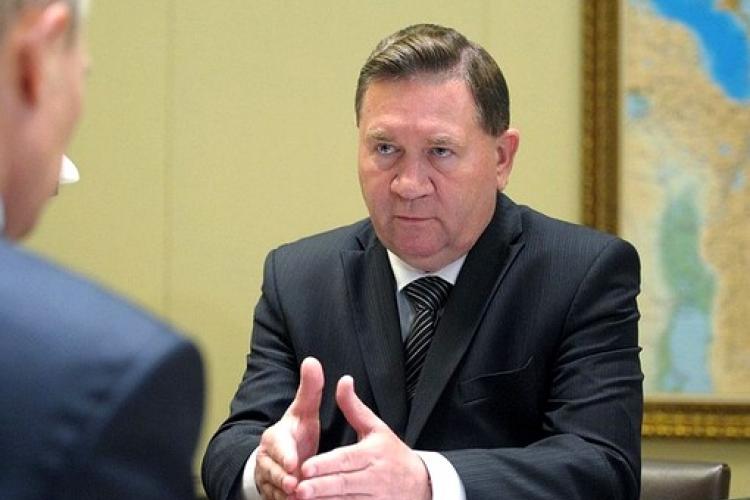
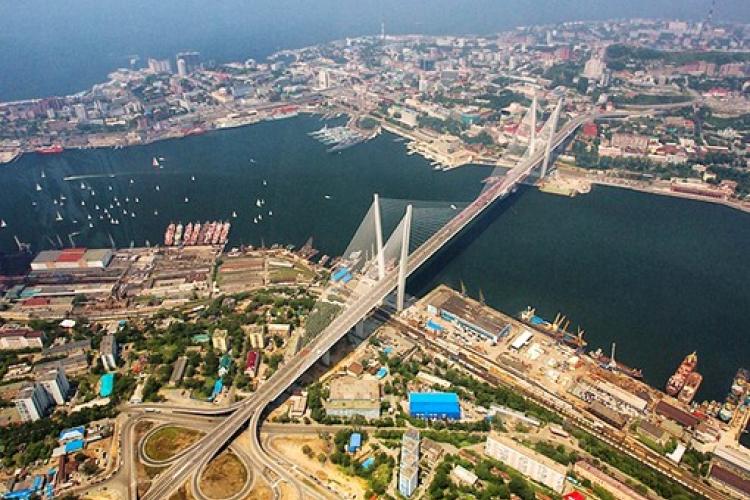

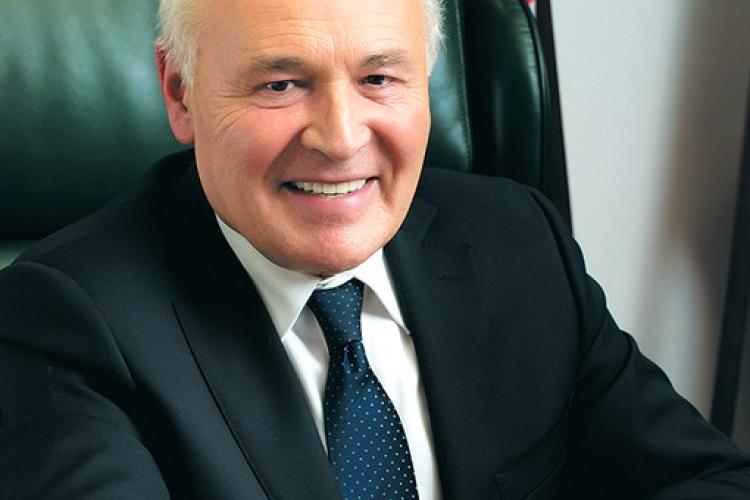
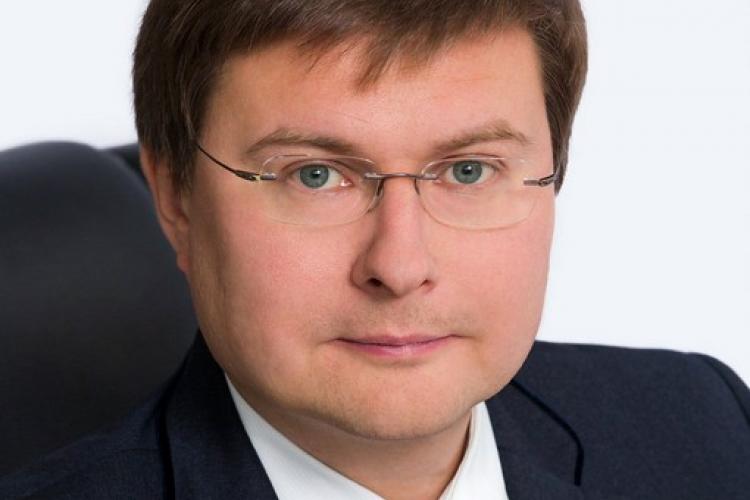


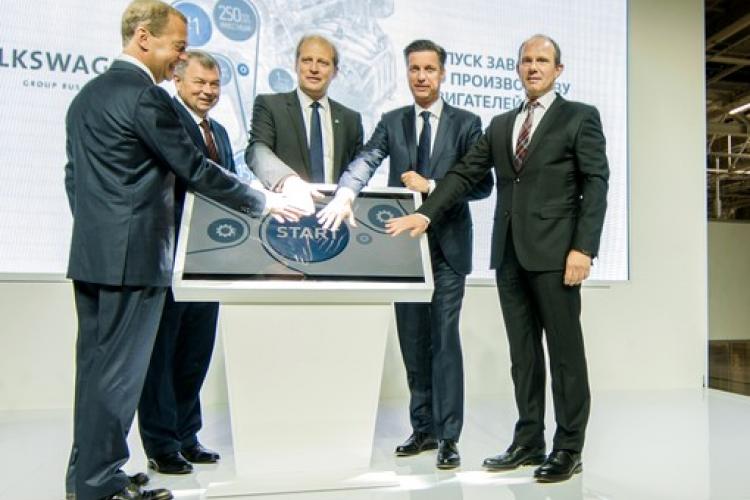
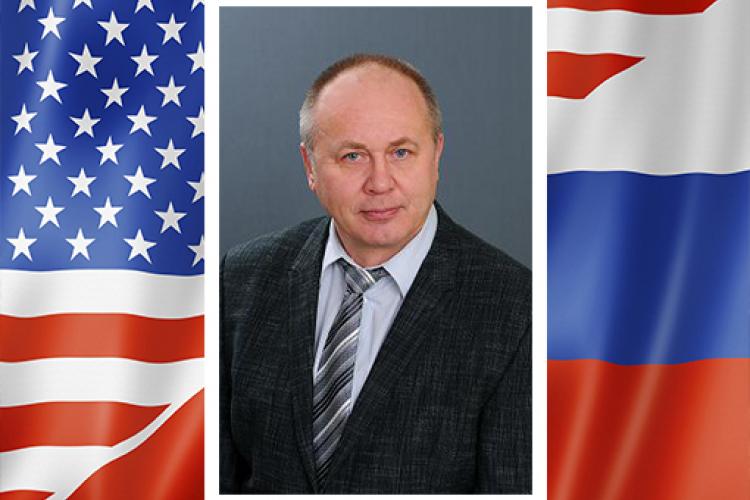

Leave a comment